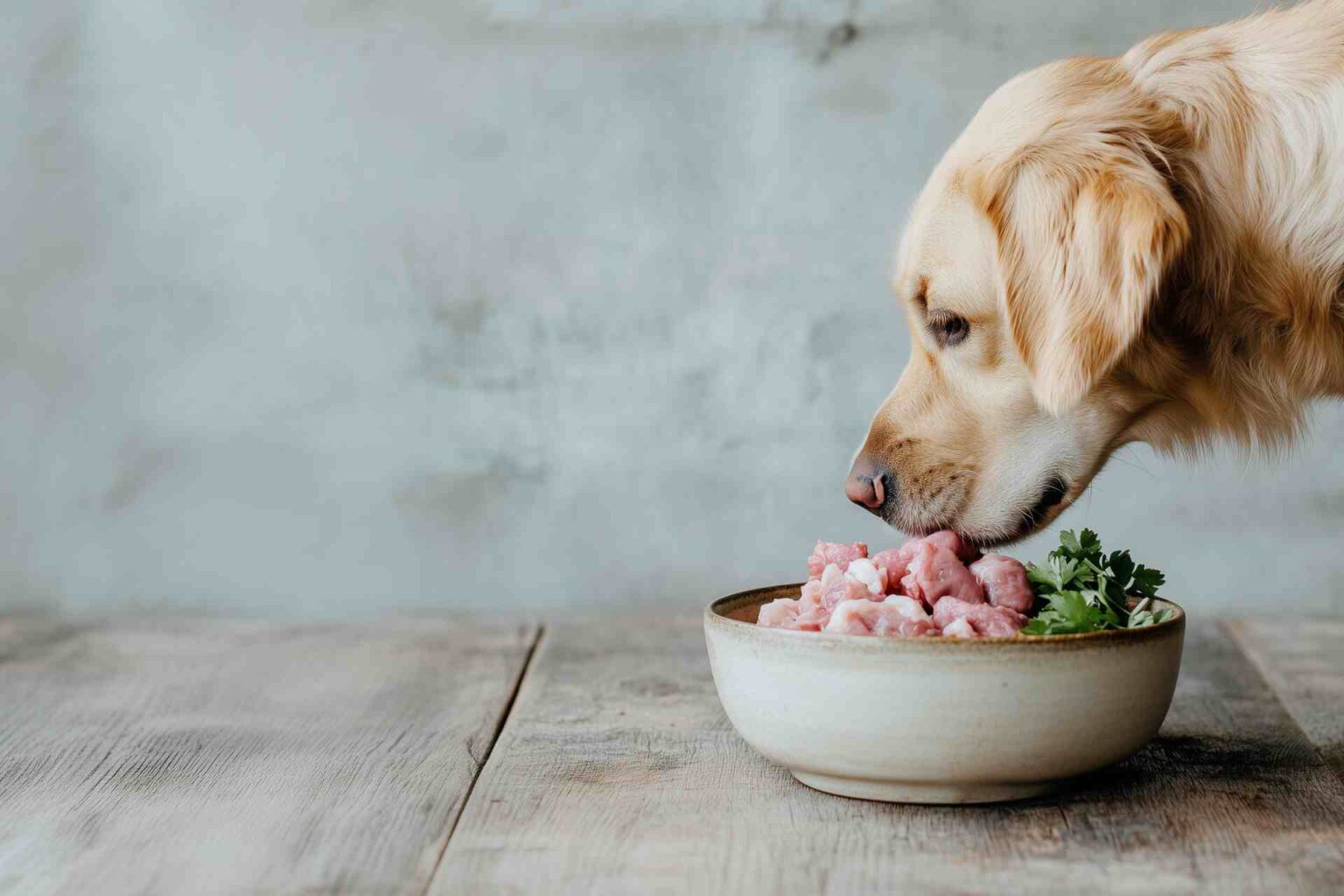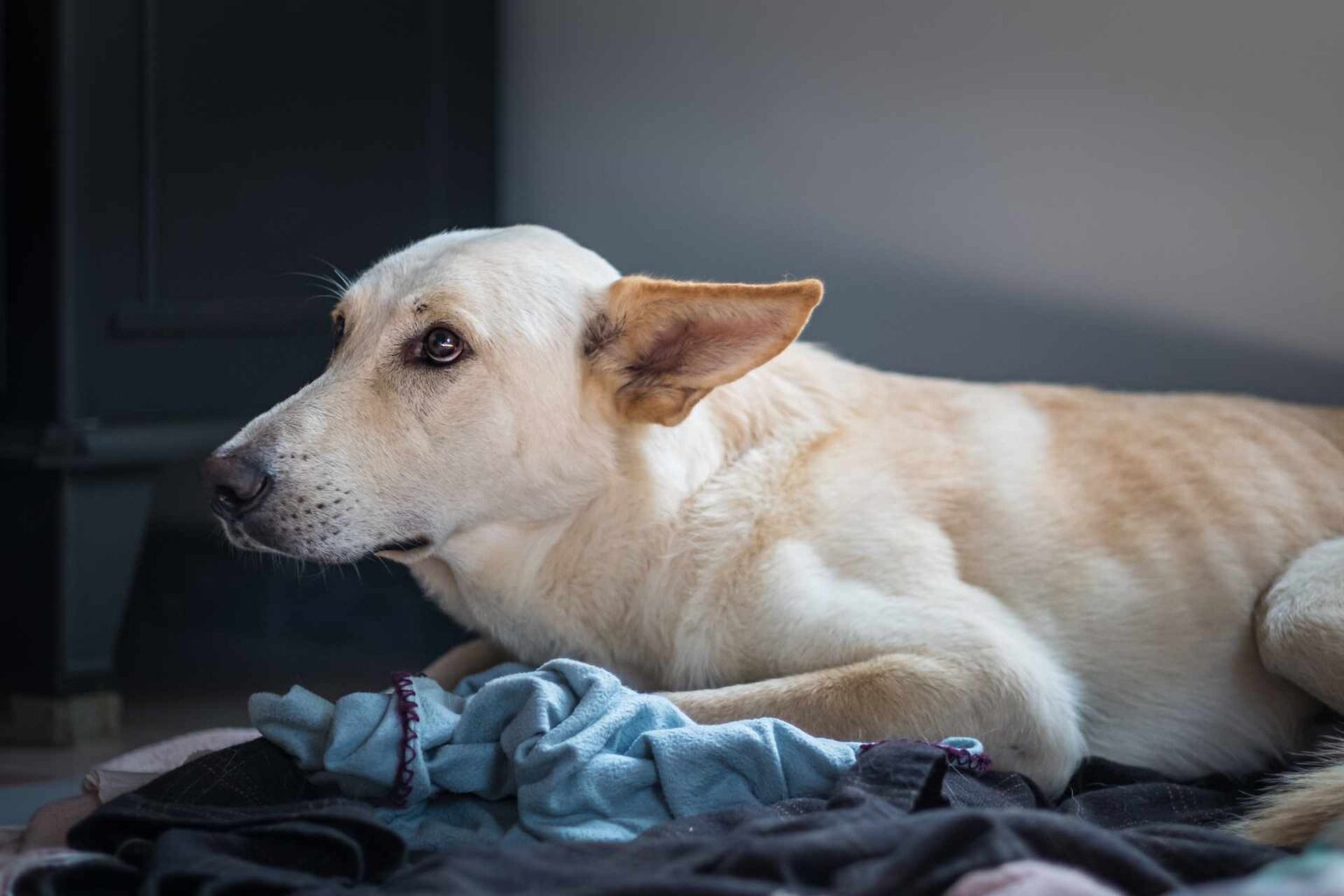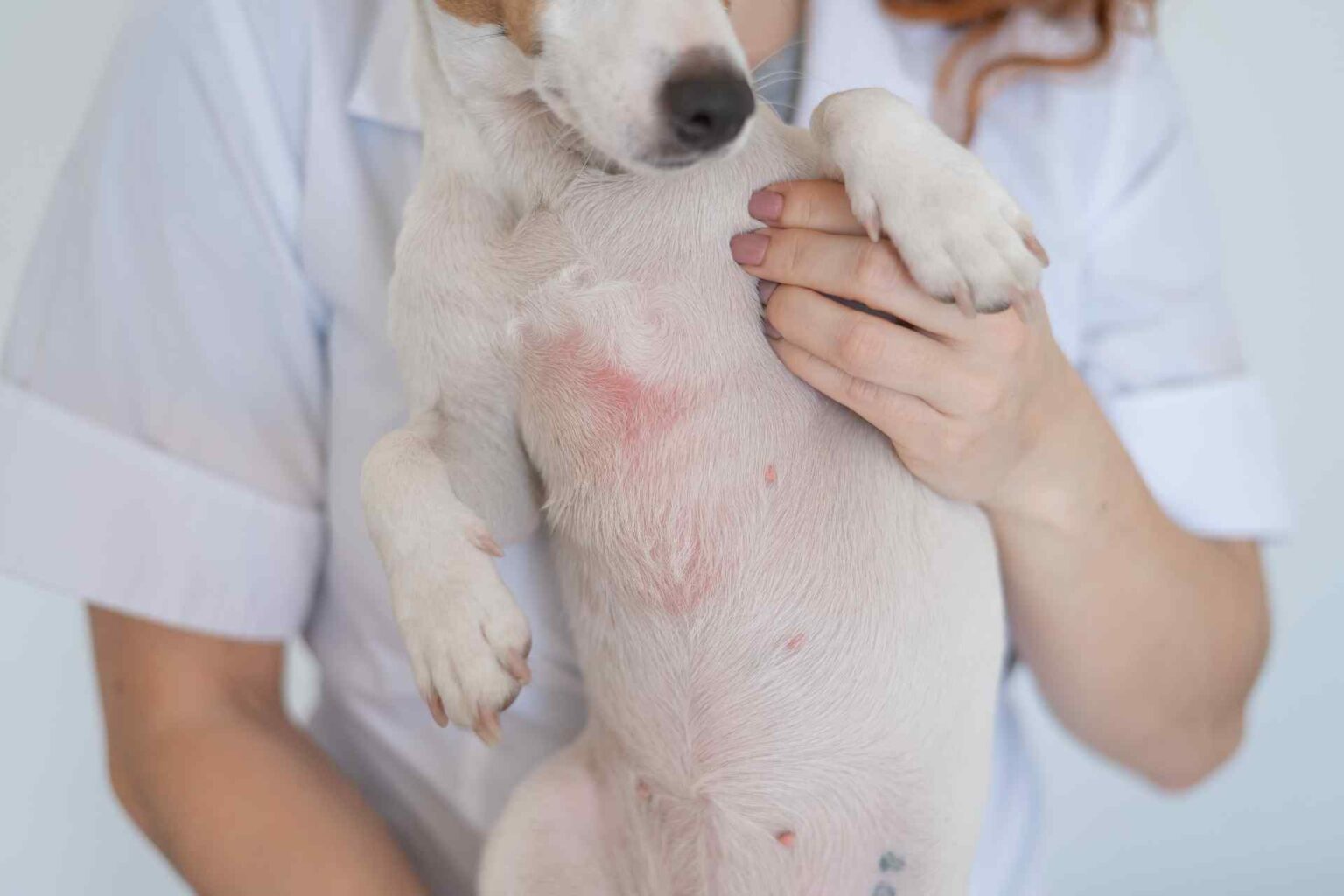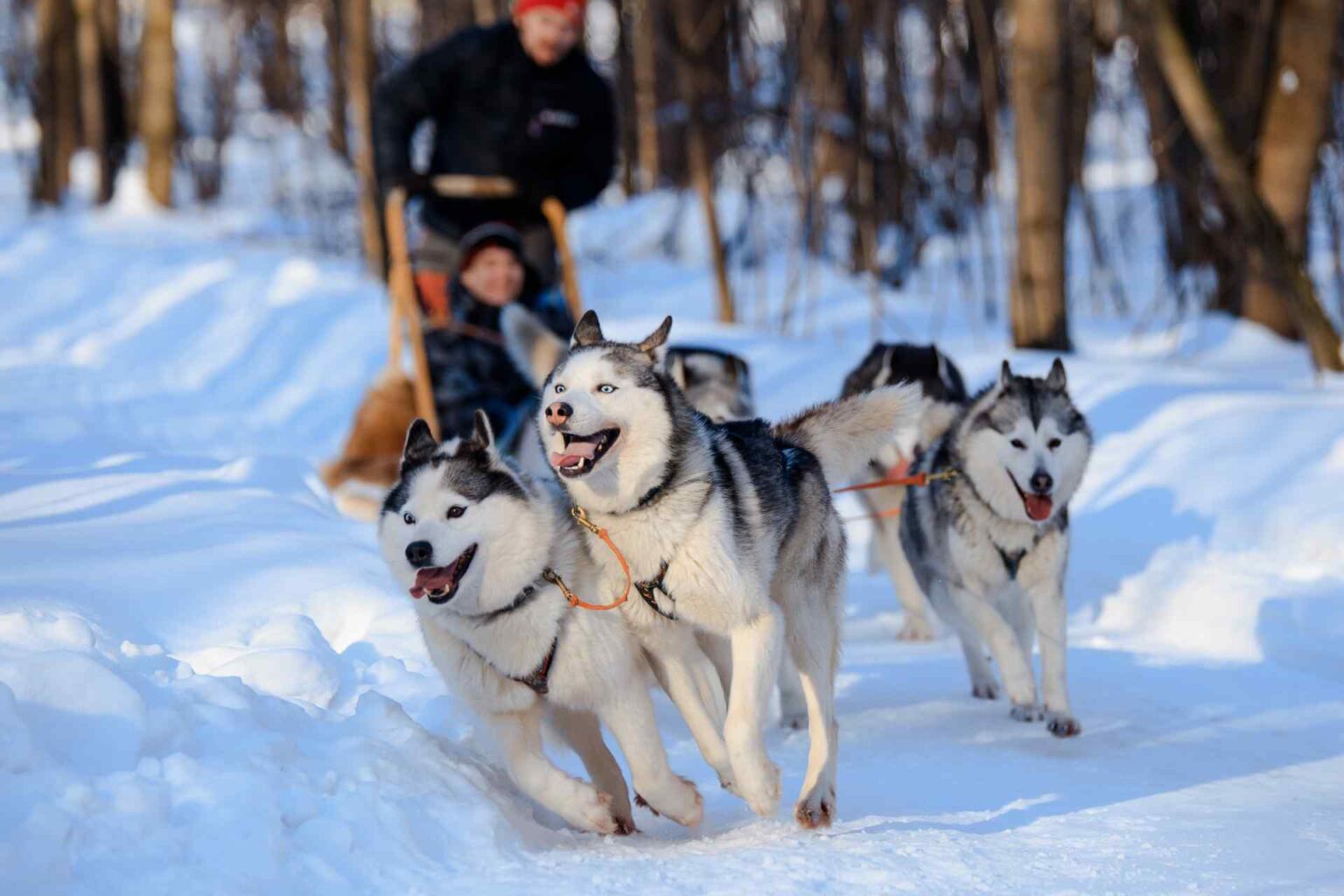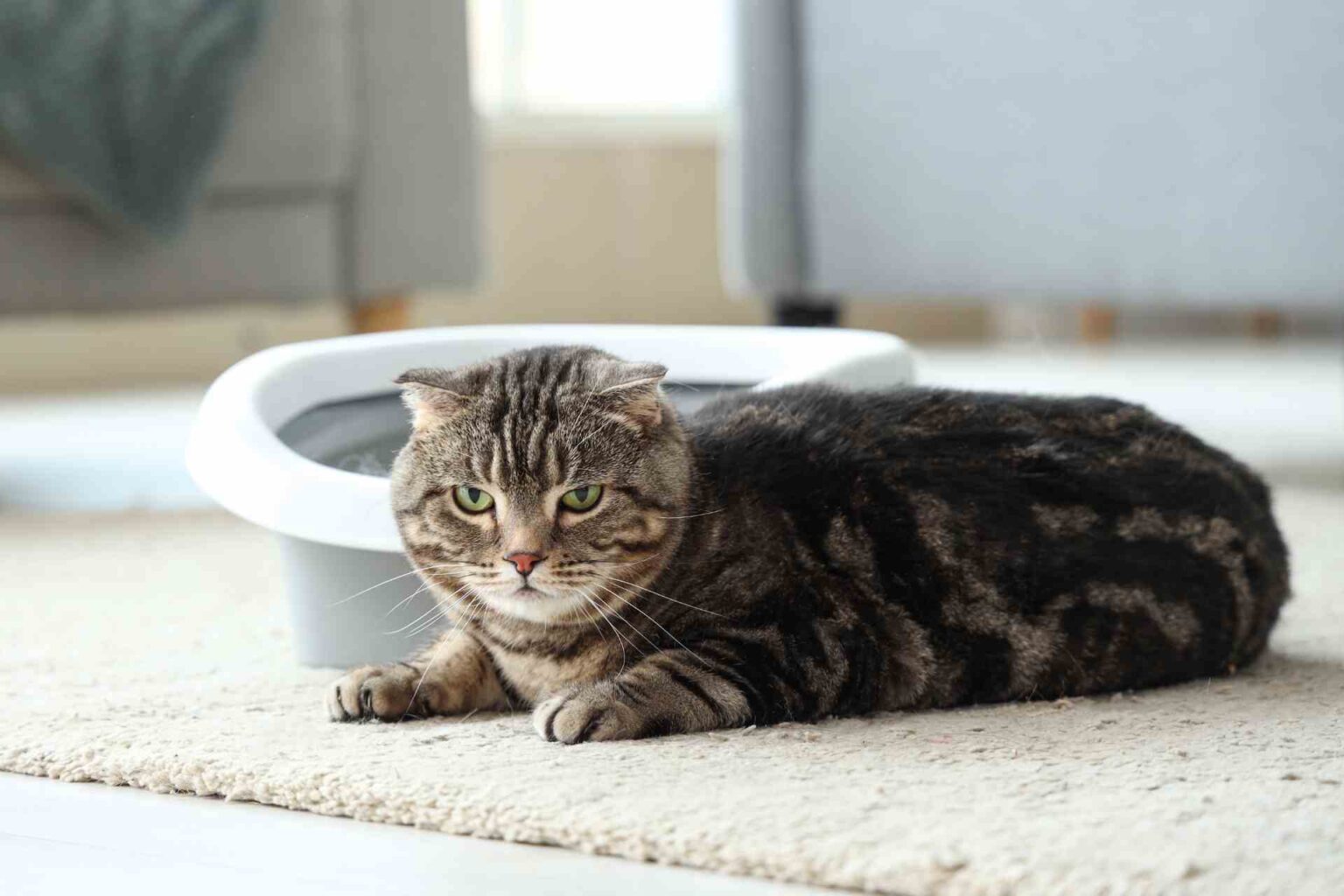In humans, the gut microbiota as we age undergoes changes; in the elderly, this is significantly altered suggesting that gut flora imbalance is closely related to aging. In cats, the age-related metabolic characteristics of the gut microbiota are not yet understood.
What factors predispose to change in gut microbial composition?
Sequencing analysis of the human fecal microbiota has shown that the microbial composition of the gastrointestinal tract is influenced by several factors, including: individual differences, environmental changes, and lifestyle.
In cases of morbid obesity, in fact, there is a transformation of intestinal flora from protective to harmful. Similarly, changes in the microbiota occur during the aging process that can be linked to various diseases.
Recent sequencing studies of the human microbiota in elderly individuals suggest that such changes may be an intrinsic factor in the aging process.
Analysis of bacterial genus diversity in relation to age
With the aim of understanding the relationship between gut microbes and fecal metabolites, as well as identifying differences in the gut microbiota among cats at different ages, a group of researchers used 16S rRNA gene sequencing, to analyze gut microbial composition, and LC-MS metabolic analysis methods (Liquid Chromatography-Mass Spectrometry) to study changes in the metabolic spectrum of feces.
The results showed a significant difference in the composition of the gut microbiota between young and old cats.
Using analysis algorithms such as the T-test and Wilcoxon, 36 different amplicon variant sequences (ASVs)-that is, different genetic variants present in the biological sample examined-and 8 different bacterial genera were identified in the young group. In the elderly group, however, 81 different ASVs and 17 different genders were found.
In the present study, two genera, Prevotella e Parabacteroides, played the role of dominant flora in the young group. While in the elderly group, the two dominant genera were Bacteroides e Collinsella. In addition,metabolomic analysis identified 537 types of fecal metabolites, with significant differences between young and old cats.
In fact, with increasing age, 16S sequencing showed that fructose and mannose metabolism was more active in the elderly group, probably due to the aging of the organism.
Finally, upon analysis of changes in intestinal metabolites in different age groups, choline levels were found to be significantly reduced in the elderly cat, suggesting that adequate choline supplementation could slow aging.
Conclusions
The intestinal flora in animals is complex and, as is now known, establishes a symbiotic relationship with the organism that is “mutually beneficial.” Currently, research on adding probiotics or metabolites to cat food focuses mainly on adding some conventional probiotics, such as Bacillus and Lactobacillus.
This study opened New perspectives to investigate the relationship between the composition and metabolism of the gut microbiota in cats of different ages, but it remains to be understood whether these differences are the main cause of the variations in metabolites or whether the differences in metabolites are caused by differences in gut microflora.
Reference
Reference: Tian T, Zhou Y, Xu Y. Intestinal microbial 16S sequencing and LC-MS metabonomic analysis revealed differences between young and old cats. Heliyon. 2023 May 19;9(6):e16417. doi: 10.1016/j.heliyon.2023.e16417. PMID: 37251444; PMCID: PMC10220381. https://doi.org/10.1016/j.heliyon.2023.e16417





